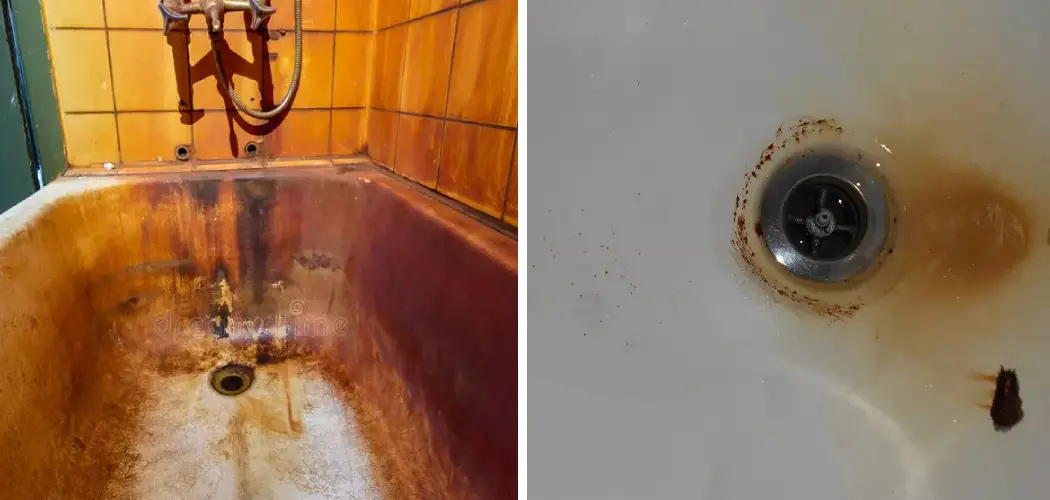Removing water stains from a bathtub is a common yet essential household task to maintain cleanliness and hygiene. Water stains, often caused by hard water deposits, soap scum, and mineral buildup, can make even the most luxurious bathtub look neglected and unappealing. Addressing these stains promptly not only enhances the appearance of your bathroom but also extends the life of the tub’s surface, whether it is made of porcelain, fiberglass, acrylic, or enamel. Effective removal requires understanding the type of stains you are dealing with and choosing the right cleaning agents and tools.
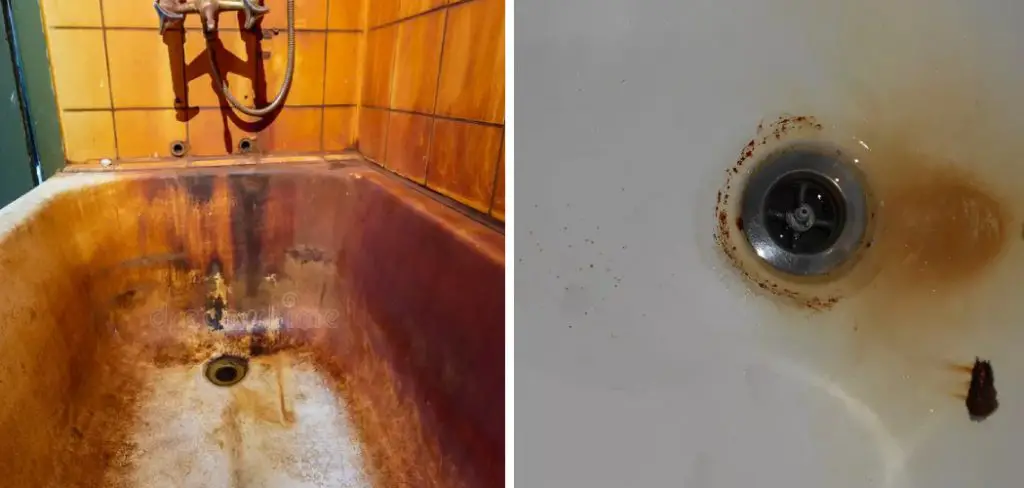
Natural solutions like vinegar and baking soda can be effective for mild stains, while stronger commercial cleaners might be necessary for tougher buildup. This guide will provide step-by-step instructions on how to remove water stains in bathtub, applying cleaning solutions, scrubbing techniques, and preventive measures to keep your bathtub sparkling clean and free from unsightly water stains.
The Frustration of Water Stains in Bathtubs
Dealing with water stains in bathtubs can be an exasperating experience for many homeowners. The persistent nature of these stains means that even with regular cleaning, they often reappear, leaving the bathtub looking less than pristine. The root cause of this frustration lies in the hard water deposits and mineral buildup that accumulate over time. These deposits can create unsightly rings and patches that are tenacious and difficult to remove.
Moreover, the longer these stains are left unattended, the harder they become to clean, potentially causing permanent damage to the tub’s surface. This ongoing battle not only affects the aesthetic appeal of your bathroom but also adds to the time and effort required in maintaining a clean and inviting space. Understanding the underlying causes and employing effective cleaning strategies are essential steps in combating this common household nuisance.
Understanding Water Stains in Bathtubs
To effectively tackle water stains in bathtubs, it is crucial to understand what causes them and how they form. Water stains primarily result from the high mineral content found in hard water. When hard water evaporates, it leaves behind calcium, magnesium, and other mineral deposits. These minerals accumulate over time, creating visible stains and buildup. Soap scum, which is a combination of soap residue, body oils, and dirt, can also contribute to the appearance of water stains.
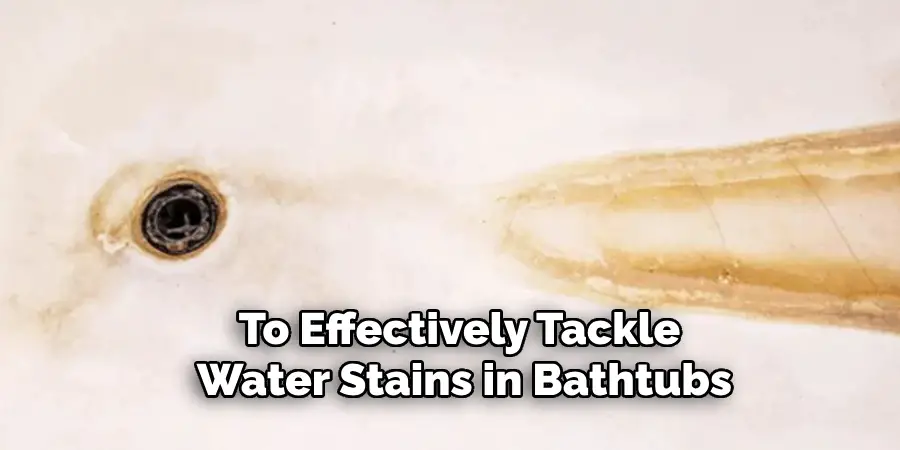
The interaction between soap scum and hard water deposits can create a stubborn layer that adheres firmly to the tub’s surface. Identifying the type of stains present—whether they are primarily mineral-based, soap scum, or a combination of both—can help you choose the appropriate cleaning methods and products. By gaining a clear understanding of the causes and composition of water stains, you can more effectively combat their presence and maintain a cleaner, more hygienic bathroom environment.
10 Methods How to Remove Water Stains in Bathtub
1. Using Baking Soda and Vinegar
Baking soda and vinegar are a powerful, eco-friendly duo for cleaning water stains. Start by sprinkling baking soda generously over the stained areas of your bathtub. Then, pour white vinegar over the baking soda. The mixture will fizz as the chemical reaction works to break down mineral deposits and grime. Let the mixture sit for 15-20 minutes to allow the acids in the vinegar to dissolve the stains. Afterward, scrub the area with a soft sponge or brush in circular motions. Rinse thoroughly with warm water to reveal a cleaner surface. Repeat if necessary for stubborn stains.
2. Applying Lemon Juice and Salt
Lemon juice is a natural acidic cleaner that can effectively remove water stains. Combine lemon juice with salt to enhance its scrubbing power. Cut a lemon in half and dip the cut side into a dish of salt. Rub the lemon directly onto the stained areas, applying pressure to release the juice and salt mixture. The citric acid in the lemon will help dissolve the stains, while the salt acts as a mild abrasive to scrub away residue. Let the mixture sit for 10-15 minutes before rinsing with warm water. This method not only cleans but also leaves a fresh, citrus scent.
3. Using Commercial Bathroom Cleaners
Commercial bathroom cleaners are formulated to tackle tough stains, including water stains. Choose a cleaner specifically designed for removing hard water stains and mineral deposits. Follow the instructions on the product label, which typically involve spraying the cleaner onto the stained areas and letting it sit for a specified amount of time. Use a non-abrasive sponge or brush to scrub the stains gently. Rinse thoroughly with water to remove any cleaner residue. Always wear gloves and ensure proper ventilation when using chemical cleaners to protect your skin and lungs.
4. Applying a Vinegar and Dish Soap Solution
A combination of vinegar and dish soap can effectively cut through grease and mineral deposits. Mix equal parts white vinegar and dish soap in a spray bottle. Spray the solution generously onto the stained areas of the bathtub. Let it sit for 15-20 minutes to allow the acids and detergents to break down the stains. Use a sponge or brush to scrub the area, focusing on the stained spots. Rinse thoroughly with warm water. This method is particularly useful for tackling soap scum and hard water stains simultaneously.
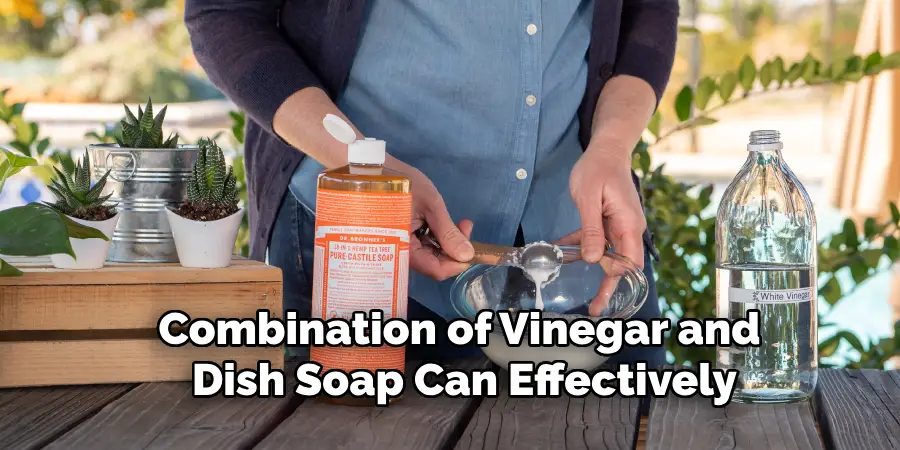
5. Using a Pumice Stone
A pumice stone can be used to remove stubborn water stains, especially on porcelain bathtubs. Wet both the pumice stone and the stained area of the bathtub. Gently rub the pumice stone over the stains in a circular motion. The abrasive surface of the pumice stone will help to scrape away mineral deposits and grime. Be cautious not to apply too much pressure, as this can scratch the surface. Rinse frequently to check your progress and ensure no damage is being done. Finish by rinsing the area thoroughly with water.
6. Making a Borax Paste
Borax is a powerful cleaner that can be used to remove water stains. Create a paste by mixing borax with a small amount of water. Apply the paste to the stained areas of the bathtub using a cloth or sponge. Let the paste sit for at least 15 minutes to allow it to penetrate the stains. Scrub the area with a brush or sponge in circular motions to lift the stains. Rinse thoroughly with warm water. Borax is effective for removing tough stains and also helps to disinfect the surface.
7. Using Hydrogen Peroxide and Cream of Tartar
Hydrogen peroxide combined with cream of tartar creates a potent cleaning paste for removing water stains. Mix two parts hydrogen peroxide with one part cream of tartar to form a paste. Apply the paste to the stained areas and let it sit for 30 minutes. The hydrogen peroxide will bleach and disinfect, while the cream of tartar provides gentle abrasiveness. Scrub the area with a sponge or brush, then rinse thoroughly with warm water.
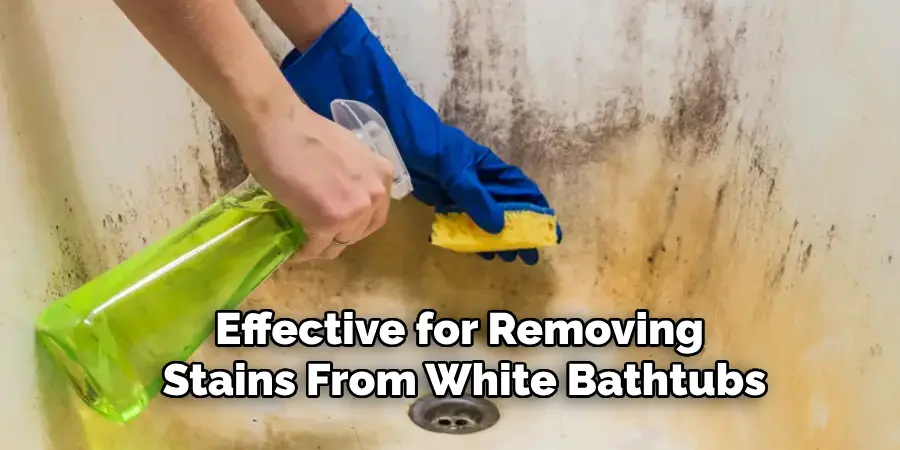
This method is particularly effective for removing stains from white bathtubs.
8. Applying a Baking Soda and Hydrogen Peroxide Mixture
For a powerful stain remover, combine baking soda with hydrogen peroxide. Create a paste by mixing baking soda with a small amount of hydrogen peroxide. Apply the paste to the stained areas and let it sit for 30 minutes. The baking soda acts as a mild abrasive, while the hydrogen peroxide helps to bleach and disinfect. Scrub the area with a sponge or brush, then rinse thoroughly with warm water. This method is effective for tackling tough stains and brightening the bathtub surface.
9. Using a Steam Cleaner
A steam cleaner can effectively remove water stains without the need for harsh chemicals. Fill the steam cleaner with water and allow it to heat up according to the manufacturer’s instructions. Direct the steam nozzle at the stained areas of the bathtub, moving it slowly to allow the steam to penetrate and loosen the stains. Use a soft brush or cloth to wipe away the loosened grime. The high temperature of the steam helps to disinfect the surface and break down mineral deposits. Rinse the area with warm water to remove any remaining residue.
10. Regular Maintenance and Prevention
Preventing water stains is often easier than removing them. Regular maintenance can help keep your bathtub free of stains. Wipe down the bathtub after each use with a squeegee or cloth to remove water droplets and prevent mineral deposits. Use a water softener if you have hard water to reduce the buildup of minerals. Clean the bathtub weekly with a mild cleaner to remove soap scum and prevent stains from forming.
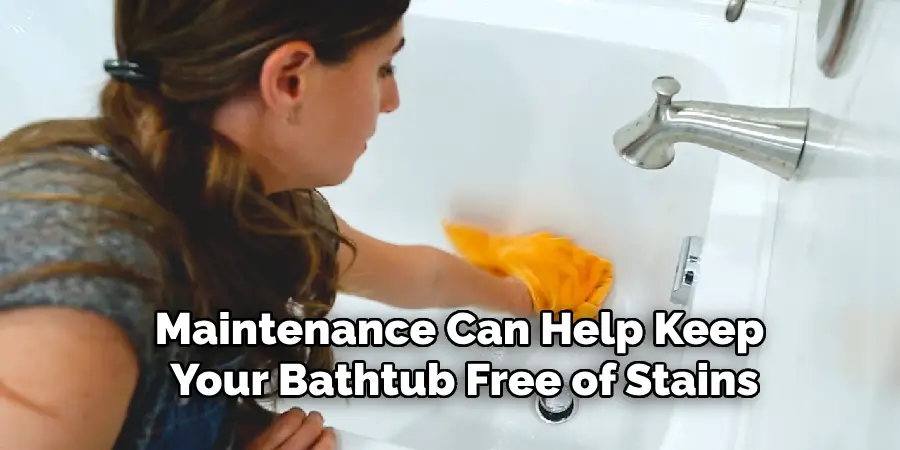
By incorporating these preventive measures into your routine, you can minimize the occurrence of water stains and keep your bathtub looking clean and new.
Conclusion
Removing water stains from a bathtub involves a variety of methods, from natural cleaning solutions to commercial products and preventive maintenance. Each method described above offers a detailed approach to effectively tackle and eliminate water stains, ensuring your bathtub remains clean and hygienic.
Whether you prefer eco-friendly solutions like baking soda and vinegar or the power of a steam cleaner, these comprehensive guidelines provide a robust toolkit for maintaining a spotless bathtub. By following these steps of how to remove water stains in bathtub, you can enjoy a pristine and inviting bathroom environment free from unsightly water stains.

